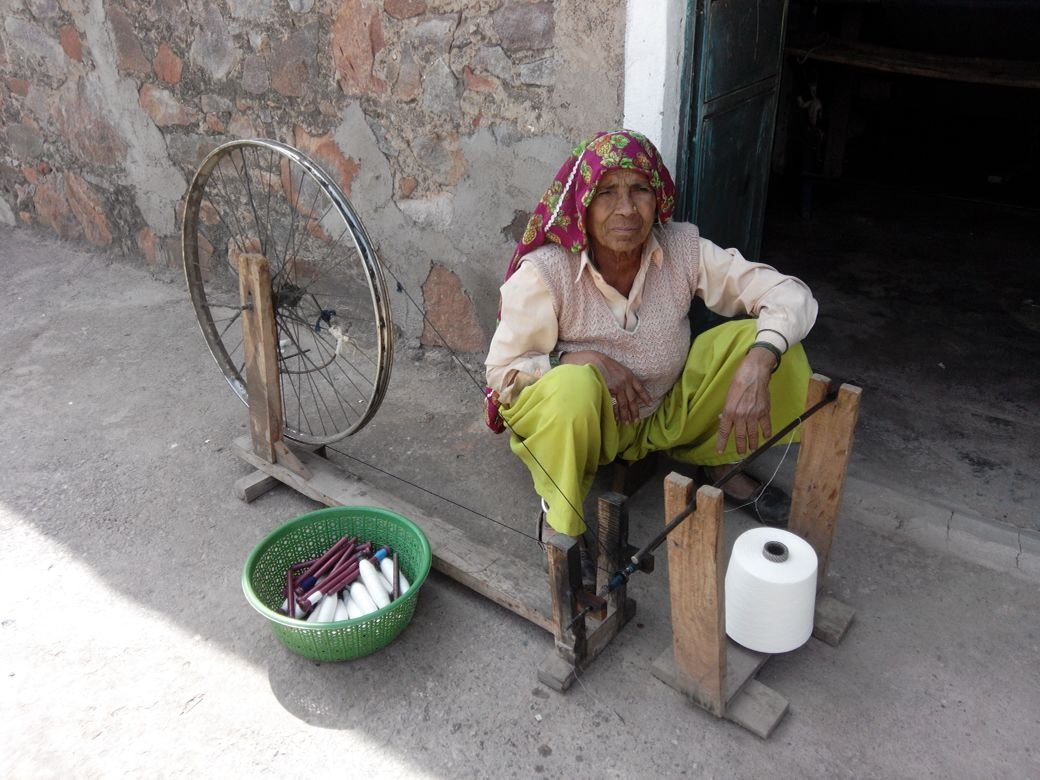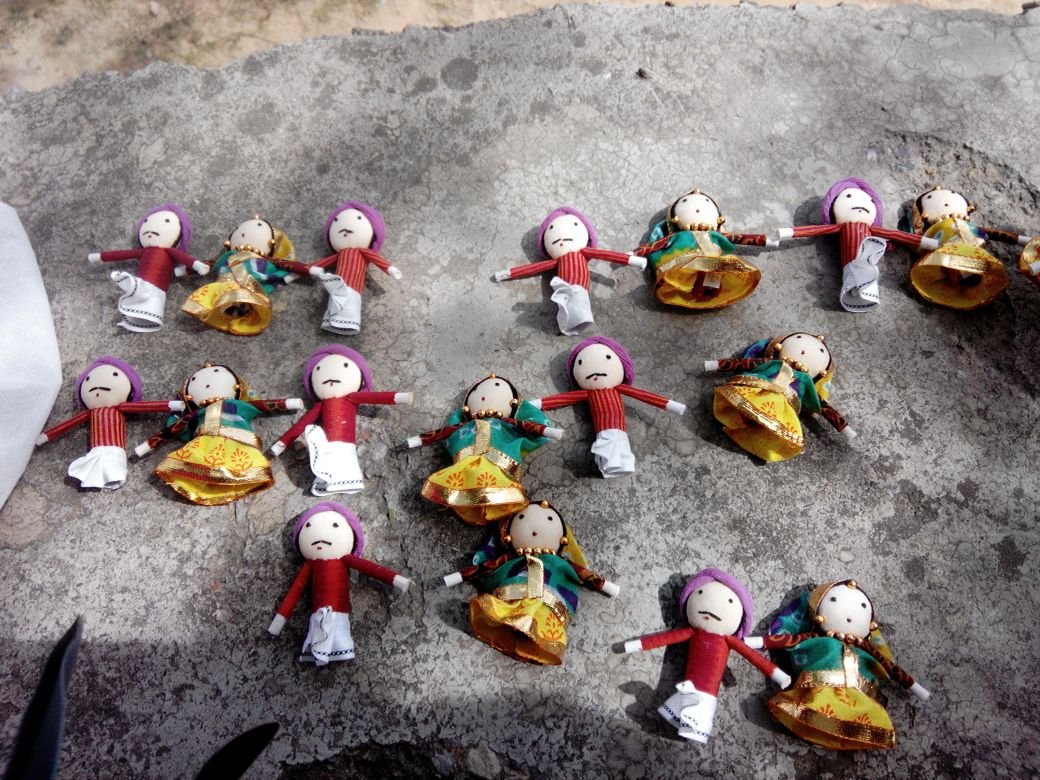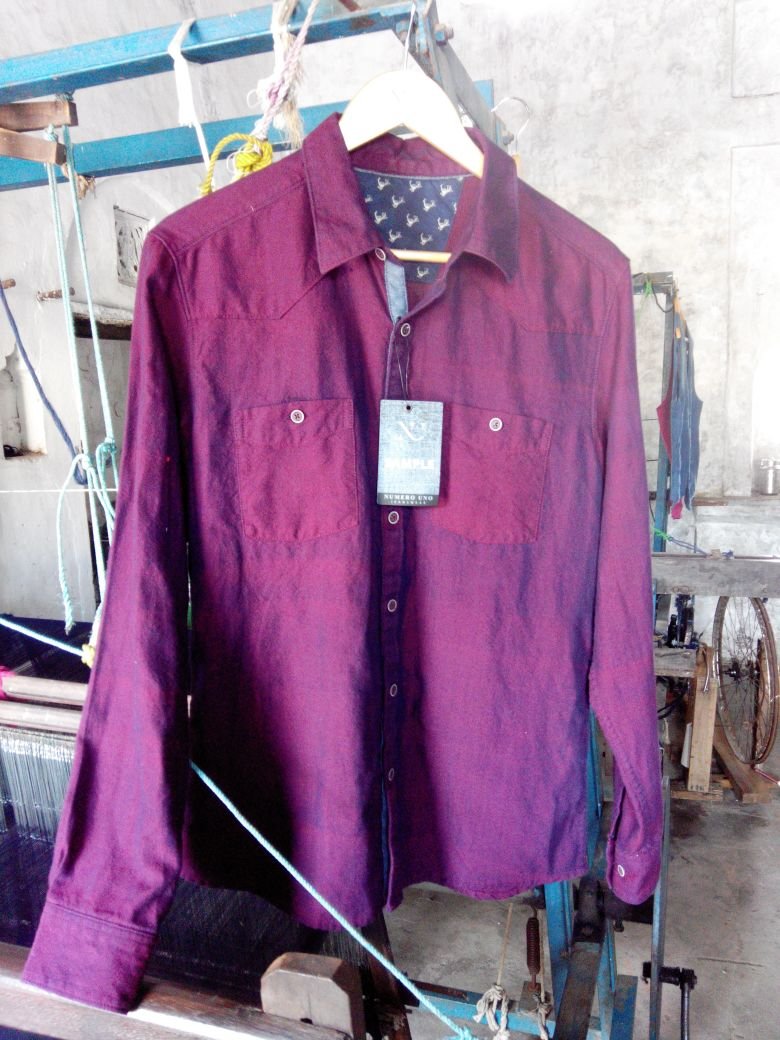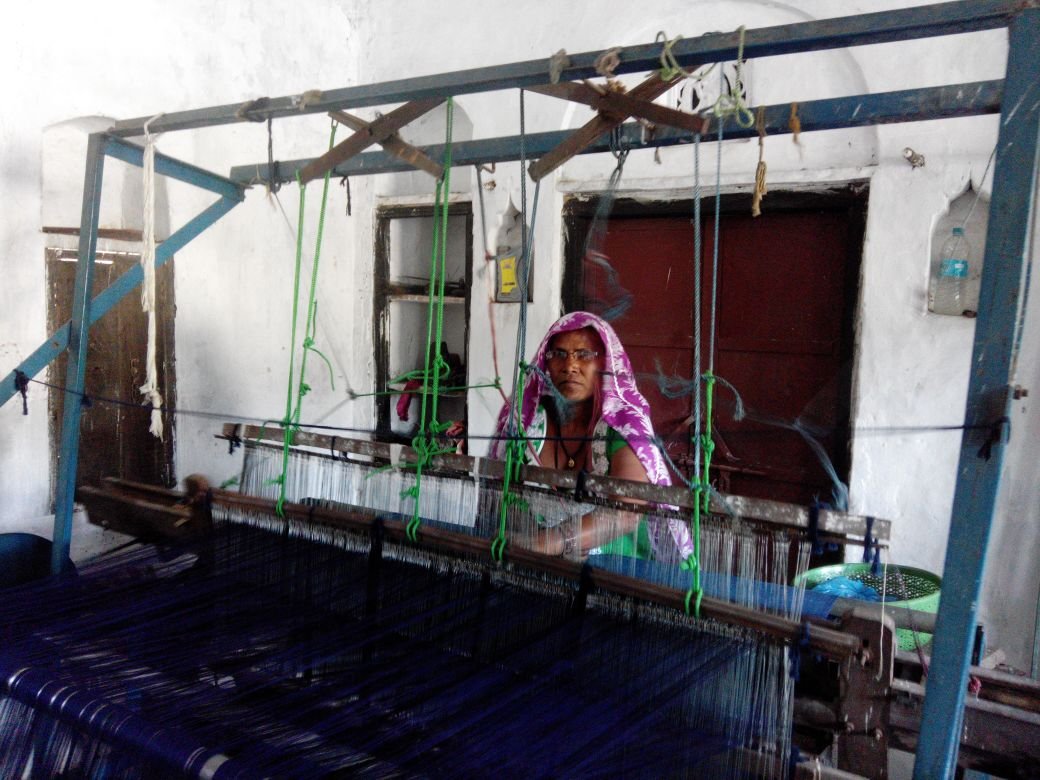Articles features
Village Indigo: Fashion from rural weavers for urban youth
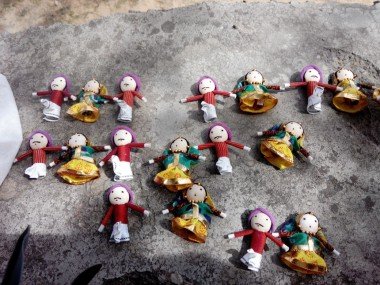
Gurgaon, March 12
Tucked away in Abheypur
Village on Sohna Road, just ahead of Gurgaon, we spot a 70-year-old lady
- wrinkled in skin, but not in spirit - sitting with a traditional
'charkha' to create indigo thread. She's working to create handloom
fabric for casual shirts and sleeveless bandhgala Nehru jackets to be
sold to urban youth.
She's one among hundred women who work
tirelessly everyday to create handloom fabric, as part of a corporate
social responsibility (CSR) initiative by jeanswear brand Numero Uno.
"Ek
baar pehenke dekho, sab badaa kapda bhool jaaoge (Wear it for once and
you won't go for designer brands)," a weaver told IANS in her village
lingo here.
There's a dual purpose of Village Indigo, Numero
Uno's initiative in association with NGO Vision of India - to revive the
art of handloom weaving and to provide self-sustenance opportunity to
the villagers by setting up handlooms for weaving indigo threads.
Under
the project, the brand is training and motivating women to weave the
fabric, which is further used for making apparels. These are then sold
as a special range The Village Indigo Collection, available at select
Numero Uno stores and on some online platforms.
“We understand
that industries and large scale mills are killing the traditional
weaving industry and we're on the verge of losing this art. So, with
this project, we've envisioned to revive this art and in the process,
help to create an ecosystem of development,†Numero Uno Clothing Ltd
managing director Narinder Singh told IANS.
The indigo threads created by women are for now, used for a fashion line for men.
“The
collection is entirely focussed on men, but after seeing the response
we might start for women too,†Manjula Gandhi, general manager - supply
chain and planning, Numero Uno Clothing Ltd, told IANS on a sunny
afternoon in the rustic village surroundings here.
Creating handloom clothes is tough, especially with restrictions in terms of experimenting with cuts and designs, Gandhi said.
“Doing
an extension of this collection depends on the kind of volume we get.
We will broaden the range, but for now, we have made 4,500 pieces that
are limited edition.
“Handloom is a slow process, so there are
limitations to whatever we are doing with it. Also, because it is a
manual process, there can be some defects too. So, we have to keep all
this in mind and see this as an effect, not as defects.
"I feel fashionistas today look for handloom clothes and that’s why we are promoting such skills,†she added.
However,
more than the money, the initiative is about the satisfaction of
providing employment to the villagers, said Captain Krishan Sharma
(retd), chairman of Vision of India.
“I don’t know how far will
we do this activity, but so far whatever we have done, we have been
successful at it...We're not getting anything in return and profit will
come few years later, but what matters the most is that the villagers
are getting employement and they are happy. They are self-sustained
now,†Sharma told IANS.
The happiness is visible in the women's
eyes. For some, it is a joy to work with handlooms, and for others, it's
a qualitative of earning livelihood.
“We are in this profession
of weaving since the past 12 to 13 years, and we enjoy it thoroughly.
Yes, it's difficult to survive on the kind of amount we get with such
work, but we do it for our interest as we love it," said a weaver, in
her 30s, who earns Rs.15 for every metre of handloom.
"You can
understand the kind of money we get. Our children never want to do this
as they feel the money is very less,†she rued about the dying art form.
There was also a woman named Laxmi who said she managed to earn well through weaving.
“I
started earning Rs.100 initially, and it got better with passing day.
This created problem within my family. My brother-in-law forced me to
give money to him, but I denied it and invested that money for my two
children's education," Laxmi told IANS, adding that she served as an
inspiration for many women in the village to step out of their homes and
work towards self-sustenance.
(Nivedita can be contacted at nivedita.s@ians.in)
